The work is far too rare for us to allow ourselves to miss it. It is, alas, the sole collaboration – vivid, vibrant and luminous – between Richard Strauss and Stefan Zweig, leaving admirers of both, composer and writer, with a sense of orphanhood that only a truly compelling performance of this opera can hope to soothe.
Die schweigsame Frau, based on Epicoene or The Silent Woman by Ben Jonson (1572–1637), revisits elements Strauss had already explored with flair, most notably in Ariadne auf Naxos: the central role of a theatrical troupe inspired by commedia dell’arte, a thunderous pace punctuated by moments of suspended lyricism, all amplified tenfold here, including in duration. Bold from start to finish, this opera is a skillfully incongruous blend of styles, with a libretto as biting and ironic as the mischievous minds of its composer and librettist could conjure. It’s easy to understand why, despite not having vanished entirely, Die schweigsame Frau is so rarely staged. The number of elements required for a successful production far exceeds what one could count on a single hand. And who today can still deliver, at a brazenly brisk pace and with unwavering musical precision, line upon line of text with the kind of virtuosity only Strauss and Zweig could have imagined? We went to the last opera staged during the 2024/2025 season at the Staatsoper Berlin to verify it.
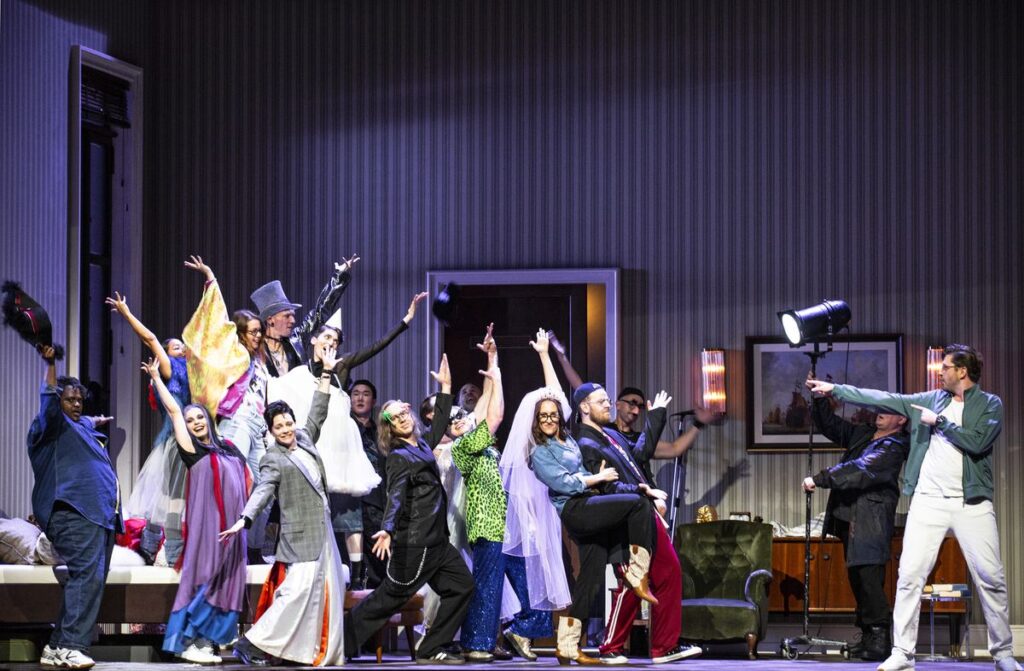
Rare are the conductors who possess the alchemical touch required to navigate the labyrinthine brilliance of Richard Strauss, and Christian Thielemann stands among them as a sovereign interpreter. In a work where humor is not a decorative flourish but the architectural keystone of the entire edifice (this being a self-proclaimed opera buffa), Thielemann draws forth from the Staatskapelle Berlin a mischievous, subtly provocative energy that dances through the score with irrepressible charm. The orchestra, under his baton, does not merely play; it winks, it teases, it revels in the sly wit embedded in every phrase. Yet let us not mistake levity for laxity. This is no frolicsome free-for-all. From the overture’s first breath to the curtain’s final descent, the performance is governed by a rigor so exacting it borders on the surgical. Every gesture is etched with crystalline precision, every nuance grasped and mirrored by an ensemble whose musical intimacy with Thielemann has been forged through years of shared triumphs. This is not a simple interpretation: it is orchestral choreography of the highest order. And in this production, one witnesses not only the sparkle of Strauss’s humor, but the gleam of a conductor.
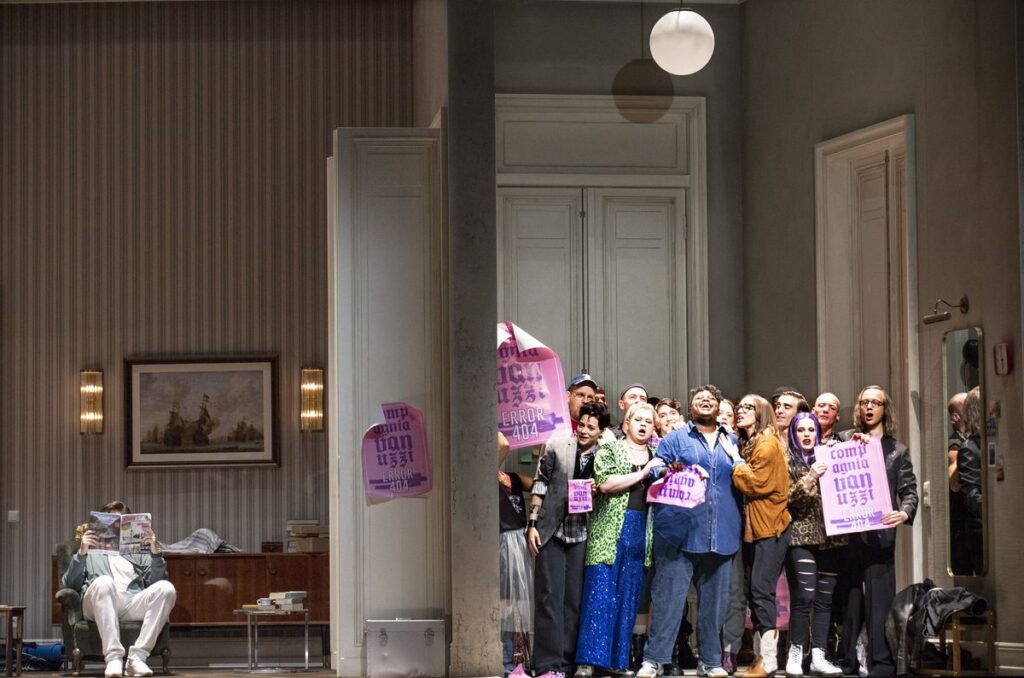
Sweeping away all references to seventeenth-century London, Jan Philipp Gloger boldly relocates the action to a Berlin neighborhood. Such a shift inevitably entails certain losses when measured against the libretto’s original framework (the scenic transformation orchestrated by Aminta/Timidia in Morosus’s apartment between Acts II and III becomes, to say the least, trivial), yet it offers a major advantage: the injection of a welcome lightness into a work of formidable density. For Die schweigsame Frau is anything but silent. It is a whirlwind of theatrical exuberance, where not a single moment is left to idle. Gloger’s staging, stripped of historical ornamentation and reimagined through a contemporary lens, allows the opera’s inherent vitality to breathe more freely. The result is a production that balances Strauss’s sophisticated musical structure with a theatrical clarity that never dilutes its richness, but rather illuminates it.
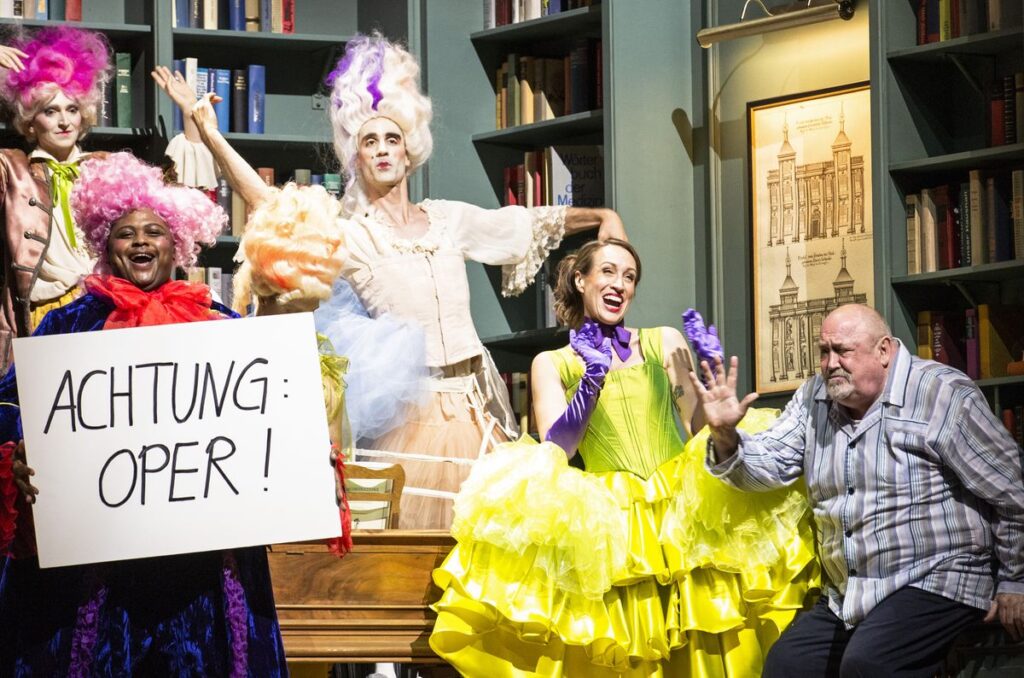
Distribution-wise, the ensemble spirit so deeply embedded in the libretto found vivid expression on stage. The eight weeks of rehearsal undoubtedly forged a palpable cohesion, with genuine camaraderie radiating among the cast: a theatrical esprit de corps that elevated the entire production. At the forefront stood Peter Rose as Sir Morosus, making his début in a role that fits him like a tailor-made glove. The vocal attributes that have long earned him acclaim were once again on display; one could almost glimpse his Baron Ochs from Der Rosenkavalier lurking in the wings. Though his vocal resources have naturally evolved over time, they remain more than respectable: indeed, they are wielded here with seasoned authority and theatrical finesse.
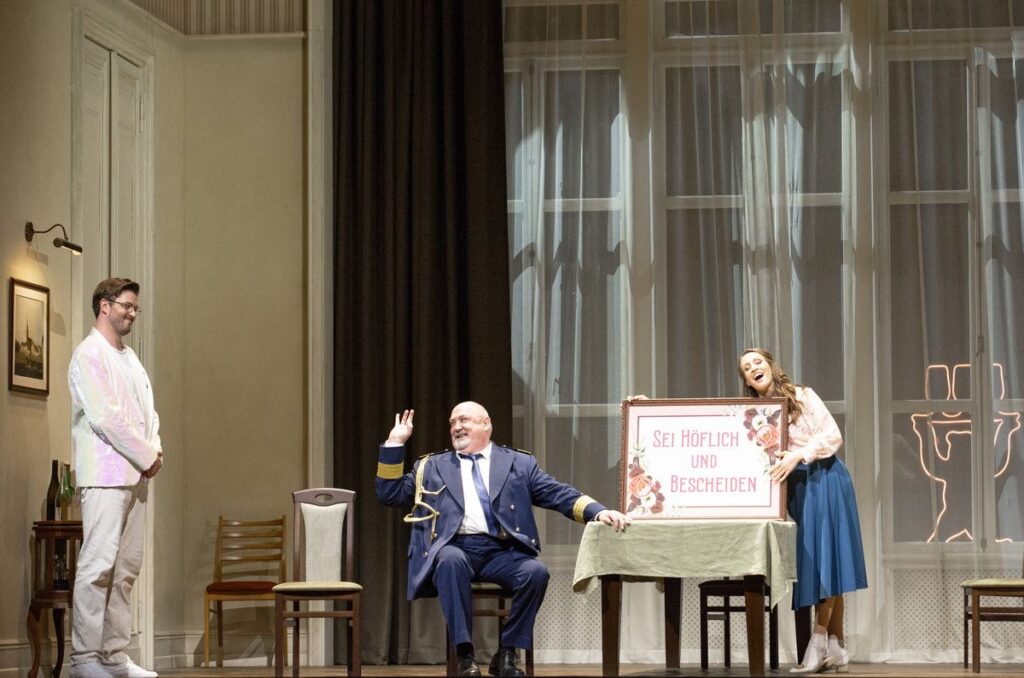
Beside him stood Samuel Hasselhorn’s exquisitely refined Pankrazius Schneidebart (not as a barber, but as a physiotherapist (or something like that)). His performance was a marvel of diction (a necessity given the generous abundance of spoken passages: his Act II presentation of Isotta was nothing short of a tongue-twister of operatic proportions). Yet Hasselhorn navigated it all with crystalline clarity and effortless charm. Vocally, he struck a balance between Mozartian elegance and Straussian grandeur, his singing imbued with a delicacy that never veered into fragility. And then, there was the mischief, never brash, always poised, wrapped in silk: the kind of crafty theatricality only a consummate Lied interpreter could deliver, and Hasselhorn is indisputably among the finest of his generation.
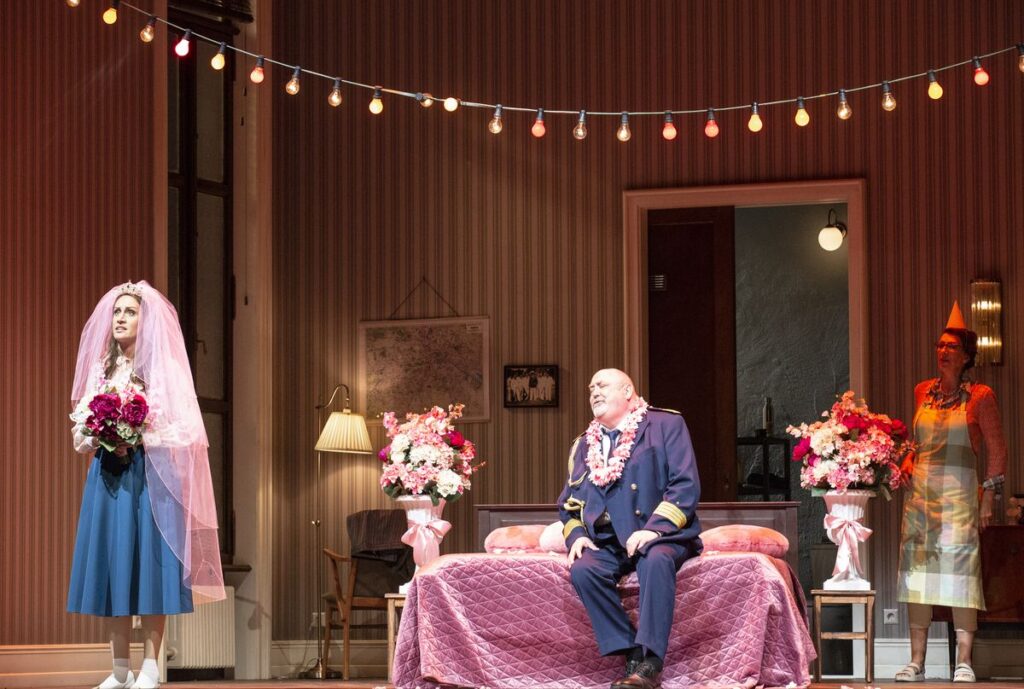
Brenda Rae was entrusted with the role of the titular Silent Woman. With remarkable lightness and ease, she unfurled her crystalline voice across the full range demanded by a punishing score, proving that to truly embody the schweigsame (Timidia), one must call upon the sopranos those capable of a lyricism as refined as a Grasse perfume and of the most formidable vocal pyrotechnics. Take a moment to watch the video available on the Staatsoper’s website to grasp the sheer authority of her Ruhe! Hab’ ich dir gesagt!: held, agile and lethal! And with what grace, tinged with delicious irony, what dazzling virtuosity she brings to her rendition of Sento un certo non so che at the start of Act III (yes, from L’incoronazione di Poppea: don’t be surprised, it’s one of the delightful absurdities of this tale)! A memory both comical and touching of a performance warmly applauded by an enchanted audience.
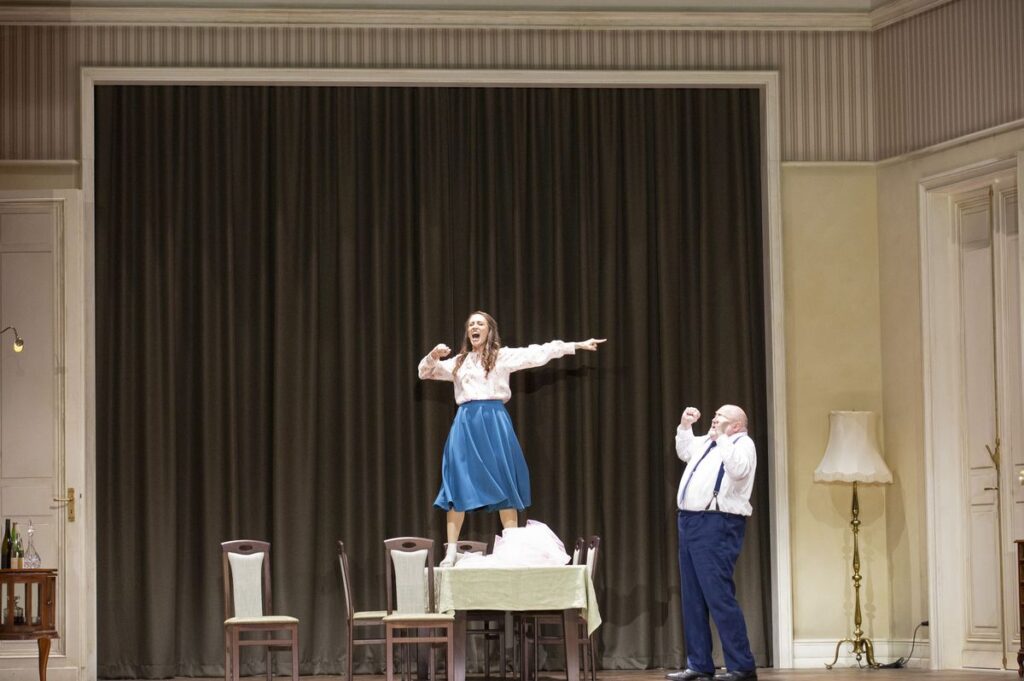
Siyabonga Maqungo had the joy of performing what may well be the only truly delightful tenor role Strauss ever composed. The South African singer seized the opportunity with gusto, wrapping this splendid character in his caressing, impassioned voice and rendering him more endearing than ever. Among the many moments where his immense talent as a lyrical actor blazed forth, one stood out with particular poignancy: his enchanting duet with Brenda Rae, Nicht an mich, Geliebter, denke/Dich verlassen? Dich entbehren? Even now, recalling that moment of such delicate beauty brings tears to the eyes.
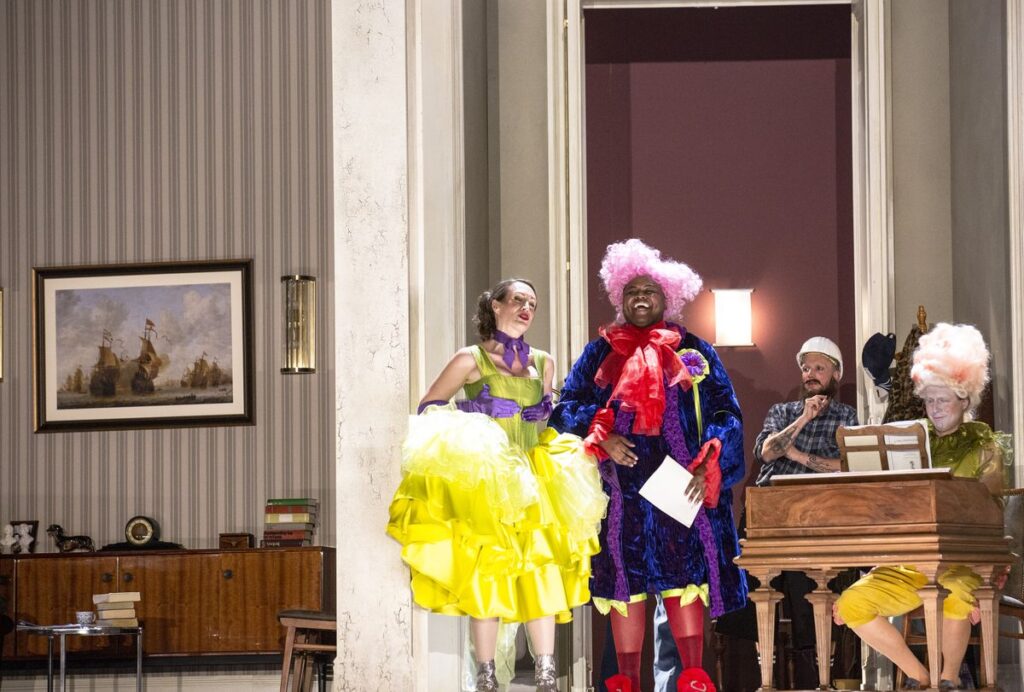
The other singers in the cast, so essential to the evening’s success, demonstrated a level of commitment perfectly equal to that of the leads. Iris Vermillon was all fiery outbursts wrapped in genuine tenderness toward her employer, delivering a performance that was both touching and comical. Rebecka Wallroth’s Carlotta (or rather, Kathi) irresistibly evoked a certain Mariandl, while Serafina Starke’s Isotta (Mercredi Addams, perhaps?) embodied intellectual arrogance to perfection. And what sheer delight it was to hear and watch Farfallo (Friedrich Hamel), Morbio (Dionysios Avgerinos), and Vanuzzi (Manuel Winckhler) throughout the opera, but especially in Act III, dressed in Klaus Nomi-inspired attire, presiding over the divorce ceremony between Timidia and Morosus (resplendent in full ceremonial regalia)!
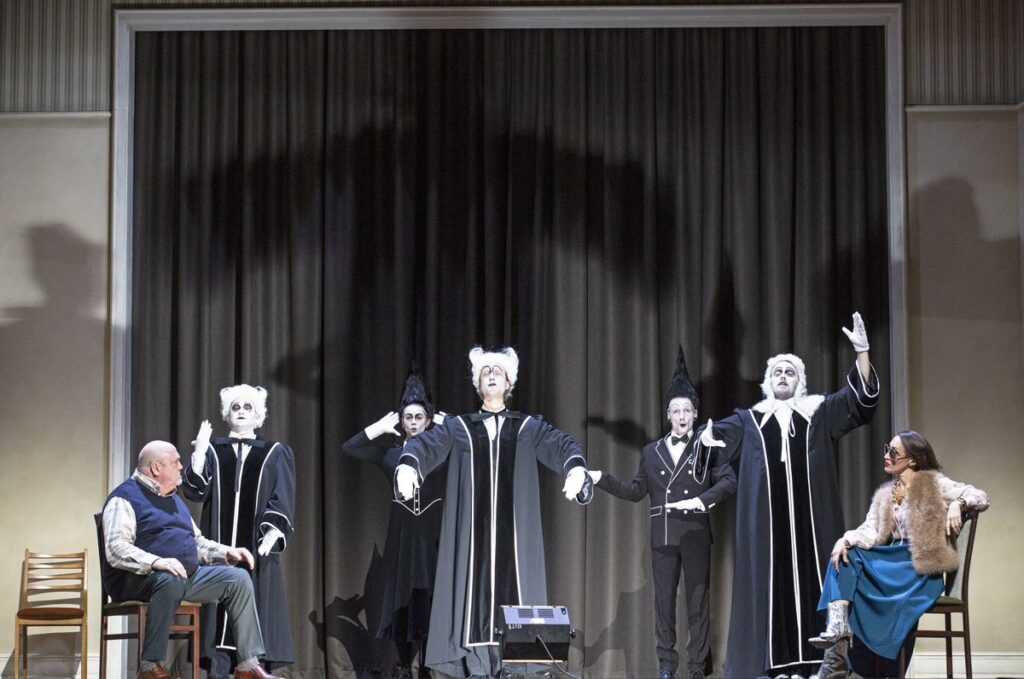
This production, with its many and varied strengths, reminds us – though it hardly needs saying – just how beneficial this opera truly is. On grey days, when your spirits are low, when everything seems to be going wrong and you long for a moment of respite, grant yourself the joy of listening to Die schweigsame Frau.
::::::::::::::::::::::::::::::::::::::::::::::::::::::::::::::::::::::::::::::::::::::::::::::::::::::::::::::::::::::::::::::::::::::::::::::::::::::::::::::::::::::::::::::::::::::::::::::::::::::::::::::::::
DIE SCHWEIGSAME FRAU
Comic opera in three acts
Music from Richard Strauss · Text from Stefan Zweig (after Ben Jonson)
Première: 24 June 1935 (Sächsische Staatsoper, Dresden)
Christian Thielemann | Musical director · Dani Jaris | Chorus Master · Jan Philipp Gloger | Director · Ben Baur | Set Design · Justina Klimczyk | Costumes · Tobias Krauß | Lights · Leonard Wölfl | Video · Florian Hurler | Choreography
Cast: Peter Rose | Sir Morosus · Iris Vermillon | Haushälterin · Samuel Hasselhorn | Schneidebart · Siyabonga Maqungo | Henry Morosus · Brenda Rae | Aminta · Serafina Starke | Isotta · Rebecka Wallroth | Carlotta · Dionysios Avgerinos | Morbio · Manuel Winckhler | Vanuzzi · Friedrich Hamel | Farfallo · Staatsopernchor · Staatskapelle Berlin
(For further informations) Link to the Staatsoper Berlin: Die schweigsame Frau
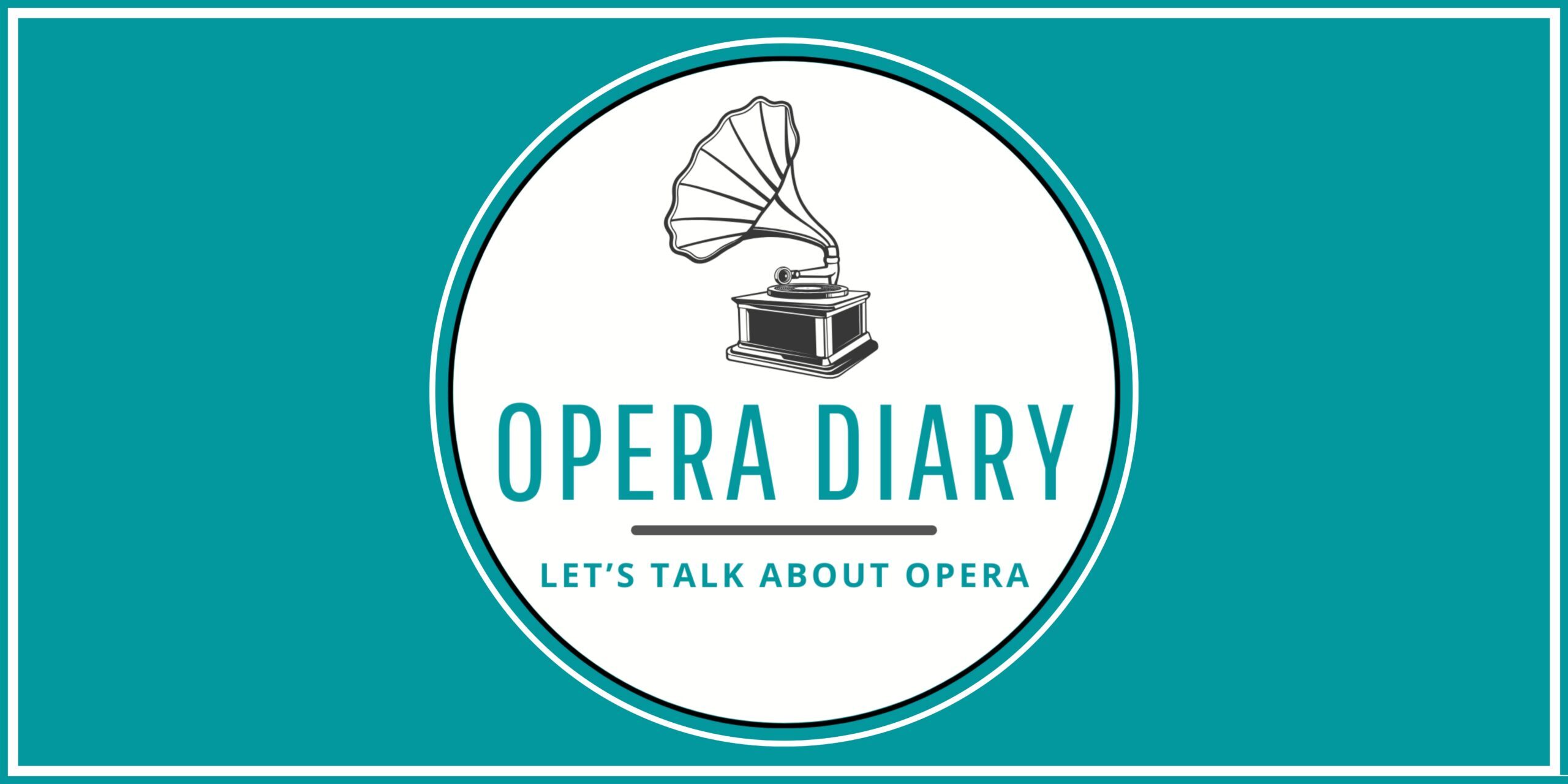
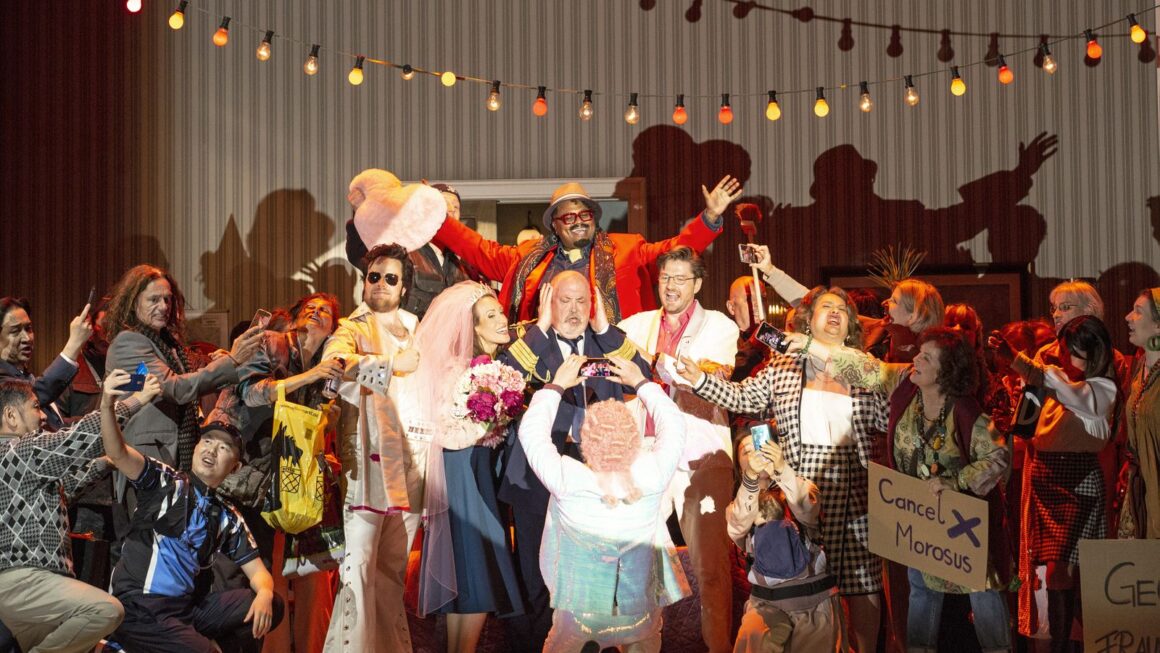
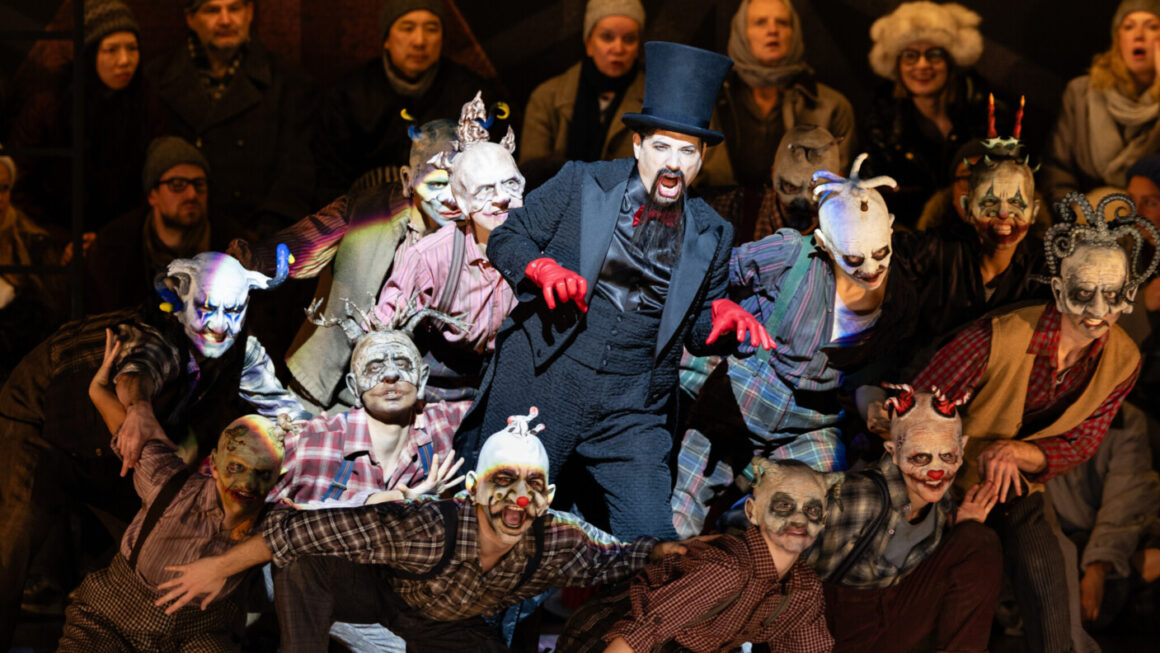
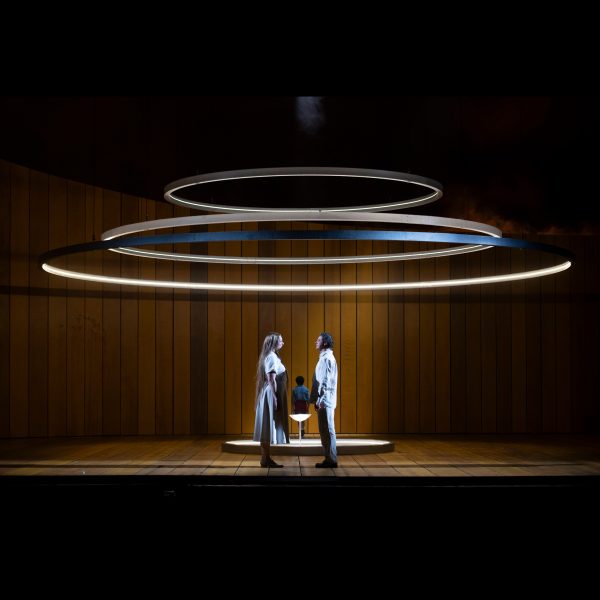

Christian Thielemann big boss !
LeonBet aktualisiert st�ndig seine Spielbibliothek.
This is my first time pay a quick visit at here and i am really happy to read everthing at one place